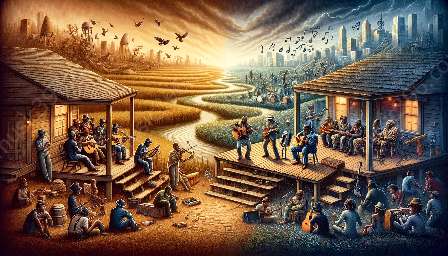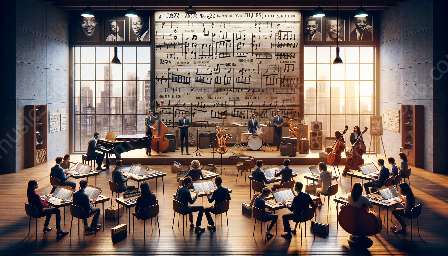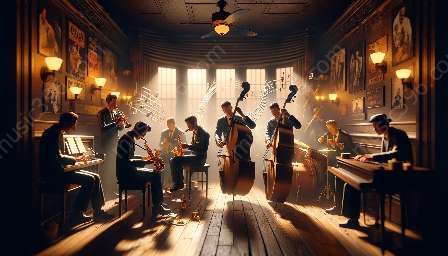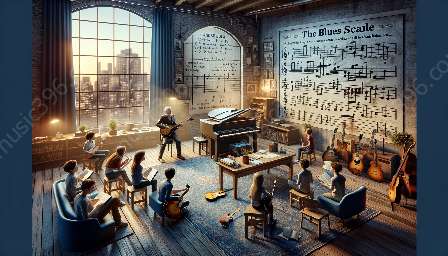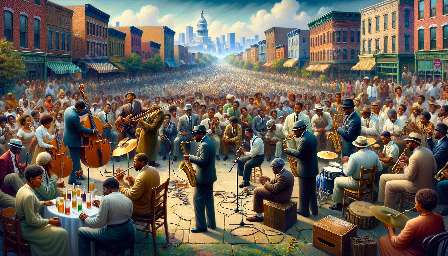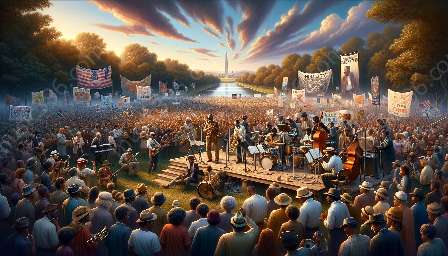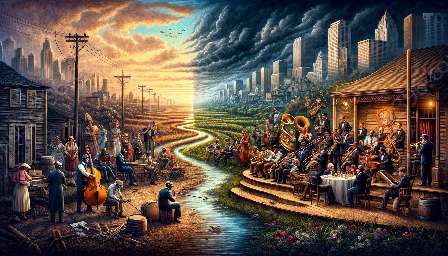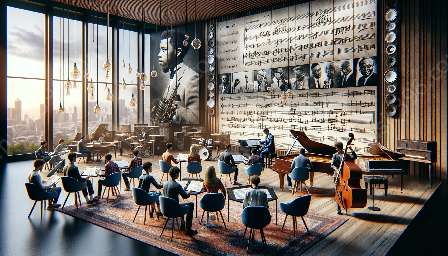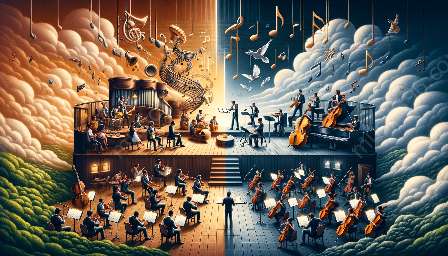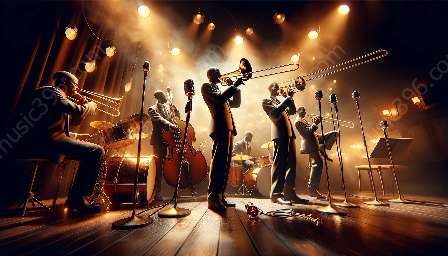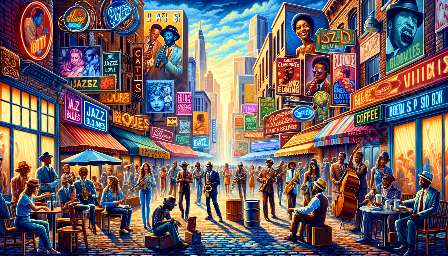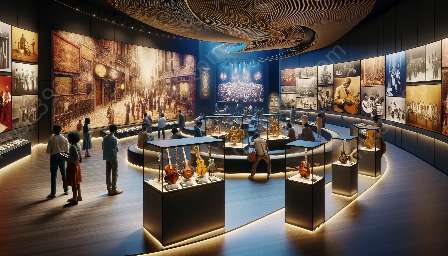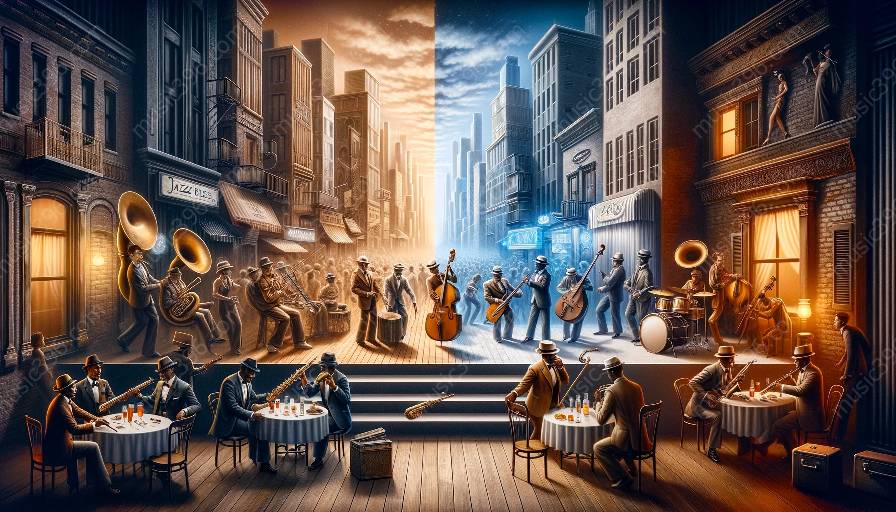The Harlem Renaissance, a vibrant artistic and intellectual movement, was a transformative period in American history, particularly for African American cultural expression. This cultural flourishing extended beyond literature, visual arts, and theater and made a profound impact on the development and popularization of jazz, influencing not only the music itself but also social and cultural movements. To fully grasp the significance of jazz within the Harlem Renaissance and its broader cultural impact, it is essential to delve into jazz history and its intersection with jazz & blues.
Jazz History
Jazz, a genre that originated in the African American communities of New Orleans, Louisiana, in the late 19th and early 20th centuries, was deeply influenced by the experiences of African Americans, including their music, dance, and religious customs. The roots of jazz can be traced to a blend of African and European music traditions, with improvisation playing a central role in its development. As jazz evolved and spread across the United States, it became a symbol of cultural and artistic innovation, capturing the hearts and minds of people from diverse backgrounds.
Jazz and Blues
The profound influence of blues on jazz cannot be overstated. Blues, with its expressive and emotional storytelling, provided a foundation for jazz musicians to innovate and create new sounds. The emotional depth of blues and its reflection of the African American experience resonated strongly within jazz, shaping its melodies, rhythms, and the very essence of its improvisational nature.
Jazz's Emergence in the Harlem Renaissance
The Harlem Renaissance, also known as the New Negro Movement, was a pivotal period for the flourishing of African American arts and culture. Harlem, a neighborhood in New York City, became the epicenter of this cultural explosion, drawing in artists, writers, musicians, and intellectuals. Jazz quickly became the soundtrack of the Harlem Renaissance, with legendary venues such as the Cotton Club and the Apollo Theater providing a platform for both established and emerging jazz musicians. The energetic, improvisational nature of jazz perfectly echoed the vibrancy and innovation of the era, becoming an essential component of the social and cultural landscape.
Jazz's Influence on Cultural Movements
Jazz's presence in the Harlem Renaissance transcended mere musical entertainment. It served as a catalyst for cultural and social change, breaking down racial barriers and creating spaces for dialogue and collaboration. The improvised, collaborative nature of jazz mirrored the interdisciplinary exchange and experimentation that defined the Harlem Renaissance, fostering a culture of artistic freedom and expression.
Artistic Innovation
The energy and innovation of jazz inspired artists of all disciplines, leading to new forms of expression and cultural output. Painters, poets, and dancers drew inspiration from the rhythmic and improvisational qualities of jazz, infusing their work with a sense of dynamism and spontaneity. Jazz's influence extended beyond music, providing a template for artistic innovation and creative exploration.
Social Change
Jazz provided a platform for African American musicians to assert their cultural identity and challenge prevailing racial stereotypes. The genre's popularity and influence crossed racial and socioeconomic boundaries, fostering a sense of unity and solidarity among diverse communities. Jazz musicians, through their artistry and activism, became prominent figures in the fight against segregation and discrimination, using their music as a means of advocacy and resistance.
Cultural Exchange
The Harlem Renaissance and the prominence of jazz facilitated an exchange of ideas and perspectives, bringing together individuals from different backgrounds to engage in dialogue and collaboration. This cultural exchange not only enriched artistic endeavors but also contributed to a broader cultural understanding, fostering a sense of inclusivity and diversity.
Jazz's Enduring Legacy
The impact of jazz on the Harlem Renaissance and cultural movements reverberates through the annals of history, leaving an indelible mark on American culture and beyond. Jazz's legacy extends beyond the 1920s and continues to influence contemporary artistic expressions, social movements, and cultural exchanges. Its role in the Harlem Renaissance serves as a testament to the power of artistic innovation and collaboration in fostering social change and cultural transformation.


